Baseball History Comes Alive Now Ranked #2 by Feedspot Among All Internet Baseball History Websites and Blogs!
Guest Submissions from Our Readers Always Welcome!
Visit the Baseball History Comes Alive Home Page
Scroll Down to Read Today’s Essay
Subscribe to Baseball History Comes Alive for automatic updates
As a Free Bonus, you’ll get access to my Special Report:
Gary’s Handy Dandy World Series Reference Guide!
Tommy Brown Photo Gallery
As I’ve said many times, any player who makes it to the major leagues is special in our eyes – sub or star, it makes no difference – and I’m always glad to shine our baseball spotlight on little-known players for a brief moment or two. I’ve also said that whenever you look deeply into the career of any major leaguer, you’ll always find something of interest.
Today, Vince Jankoski proves my point. He’s written an interesting essay on a player I had never heard of: World War II teenager Tommy Brown. Vince uncovers some rather interesting records Tommy holds., adding that these are not the type of records that get a player into the Hall of Fame. But to baseball history enthusiasts like us, it makes for interesting reading. I think you’ll enjoy what Vince has for us today. -GL
Teenage Talent: Tommy Brown
Holder of Some Unusual Major League Records!
Military conscription during World War II led to many interesting, indeed, unique events in major league baseball. Joe Nuxhall pitched for the Cincinnati Reds at age fifteen; Pete Gray played with one arm; and the St. Louis Browns won their only pennant. Obscured among these unusual happenings is the career of Tommy Brown.
At the start of the 1944 season, the Brooklyn Dodgers sought talent. They won the pennant in 1941 and finished second the following year, two games behind the Cardinals, winning 104 games. However, by 1943, the draft and enlistments were beginning to take their toll on the Dodgers. Shortstop Pee Wee Reese and center fielder Pete Reiser had been inducted before the start of the season. The Dodgers slipped to third place with an 82-71 won-loss record.
Before the start of the 1944 season, the military had also taken second baseman Billy Herman and starting pitcher Kirby Higbe. The Dodgers, like all other major league teams, were looking for talent, preferably talent that would not be lost to the draft.
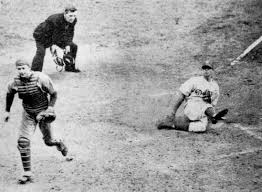
The Dodgers found such talent in an unlikely place: the docks of Brooklyn, where they discovered Tommy Brown toiling as a laborer. Brown was born on December 6, 1927, and was sixteen years old when the Dodgers signed him before the 1944 season. His youth would normally be problematic, but this was 1944. The Dodgers knew they would not lose Brown to Uncle Sam for at least a few years.
Brown began the 1944 season in the minors. He was promoted to the big club after hitting .297 with a Piedmont League-leading 11 triples in 91 games at Newport News. He was still sixteen (and 241 days) when he made his major league debut on August 3, 1944. That season he played in 46 games for the Dodgers, all at shortstop, batting .164 with no home runs and 8 RBIs. His competition for the shortstop position included seventeen-year-old Eddie Miksis and eighteen-year-old Gene Mauch. Brown was no Pee Wee Reese to be sure, but he was considered better than Miksis or Mauch.
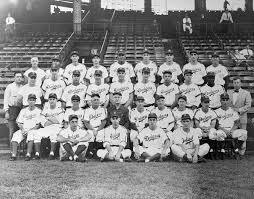
Brown began the following season at AA St. Paul. After batting .286 with ten home runs and 48 RBIs in 85 games, he was again promoted to Brooklyn. On August 20, 1945, at age seventeen years and 257 days, he became the youngest player to homer in a major league game. Five days later, he homered again. He played 57 games for the Dodgers that year, hitting .245 with those two home runs to go along with 19 RBIs.
In 1946, the war was over. Reese returned to play shortstop for the Dodgers, and Brown, now eighteen, was inducted into the Army. Brown returned to the Dodgers in 1947 to play 15 games. He stayed in Brooklyn until the Dodgers traded him to the Phillies in 1951, and the Phillies dealt him to the Cubs the next season.
He was never a full-time ballplayer, but he amassed some interesting statistics. Although he was a .241 career hitter, he batted over .300 twice: in 1949, .303 in 95 plate appearances; and in 1952, .302 in 244 plate appearances. In 1950 he compiled a slugging average of .616 in 98 plate appearances. He homered three times against the Cubs on September 18, 1950. He played on two pennant winners, and appeared in two World Series games in 1949, going hitless in two at-bats.
In his first two major league seasons, Brown played almost entirely at shortstop. He was a poor fielder. His fielding averages in those two seasons were .925 and .918. I repeat: He was no Pee Wee Reese. Brown’s fielding never improved, and he was switched first to third base and later to the outfield. His lifetime fielding averages were: .916 in 166 games at shortstop, .937 in 50 games at third base, and .933 in 94 games in the outfield.
Brown’s last major league game was on September 25, 1953, with the Cubs. He hung on in the minors for another six years with the Los Angeles Angels of the Pacific Coast League, and Nashville, Chattanooga, and New Orleans of the Southern Association.
Brown died on January 15, 2025, at age 97 years and 40 days. In addition to holding the major league record for the youngest (and second youngest) player to hit a home run, Brown holds the record for living the longest after his first major league game (80 years and 165 days). These are not the kinds of records that get a player into the Hall of Fame, but they present one more interesting perspective on World War II baseball.
So today we’re happy to briefly shine our baseball spotlight on WWII teenager, Tommy Brown before he is forgotten over the passage of time.
Vince Jankoski
We’d love to hear what you think about this or any other related baseball history topic…please leave comments below.
Subscribe to Baseball History Comes Alive to receive email updates. FREE BONUS for subscribing: Gary’s Handy Dandy World Series Reference Guide. The site has over 1500 fully categorized baseball essays and photo galleries, now surpassing the one million hits mark with over 1,290,000 hits.
Visit the Baseball History Comes Alive Home Page
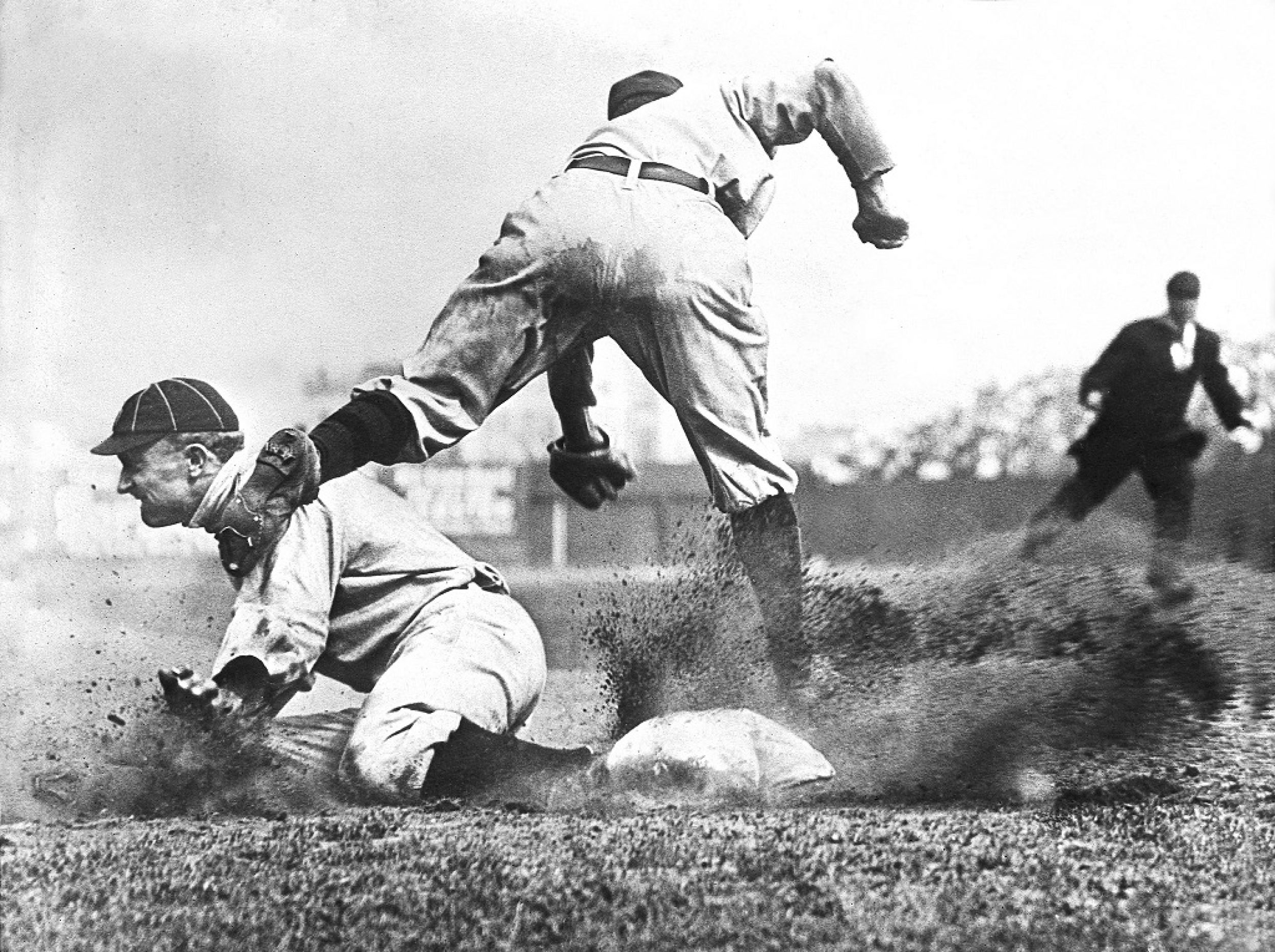
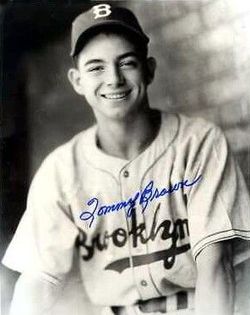
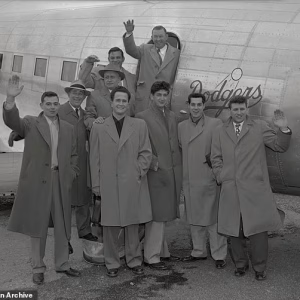
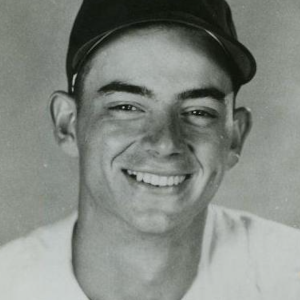
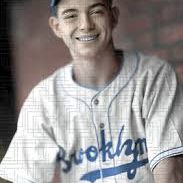
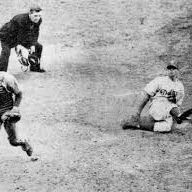
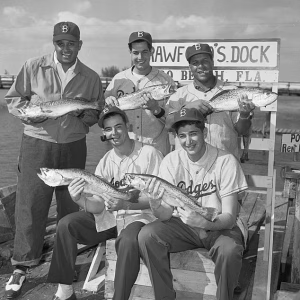
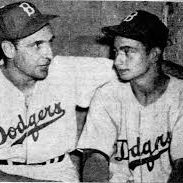
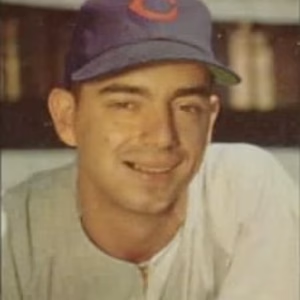
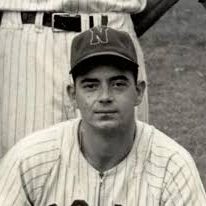
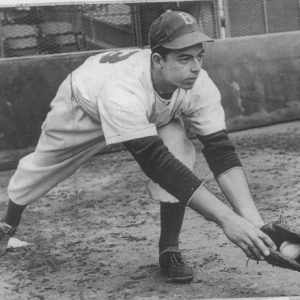
These articles are very enjoyable; one small note, though, wasn’t Joe Nuxhall fifteen when he made his brief debut?
Thanks Mike for the kind words…and you’re correct. Joe Nuxhall made his major league debut at the age of 15 years, 316 days. Nice catch!…A very rare miscue for Vince Jankoski, who is usually digilent in his research. We’ll forgive him this time!
I never said that Brown was the youngest person to play in a major league game, only that he was the youngest (and second youngest) to hit a homer. Yup. Nuxhall was younger at age 15 which I note in the first paragraph.
Vince is correct as usual!